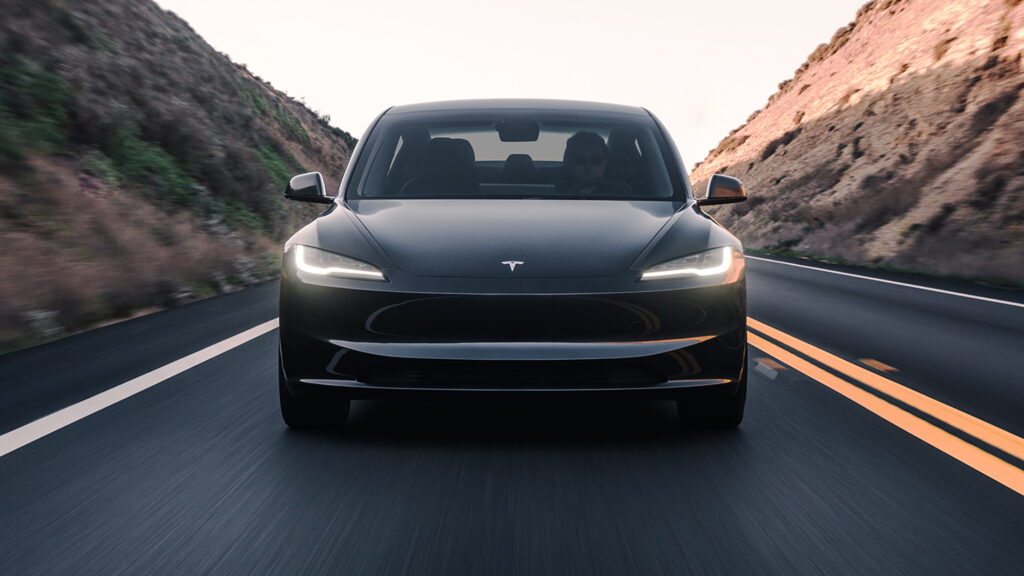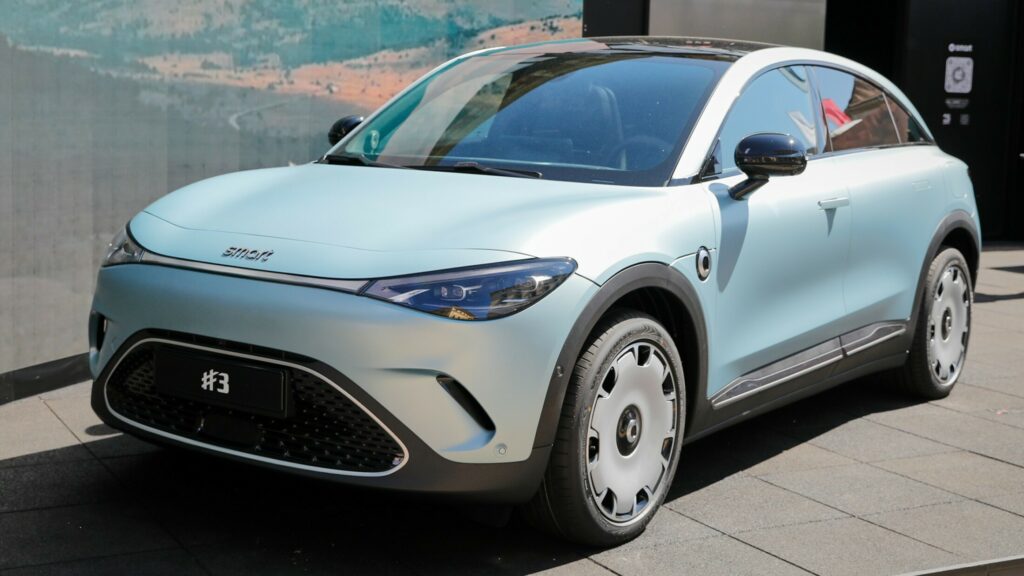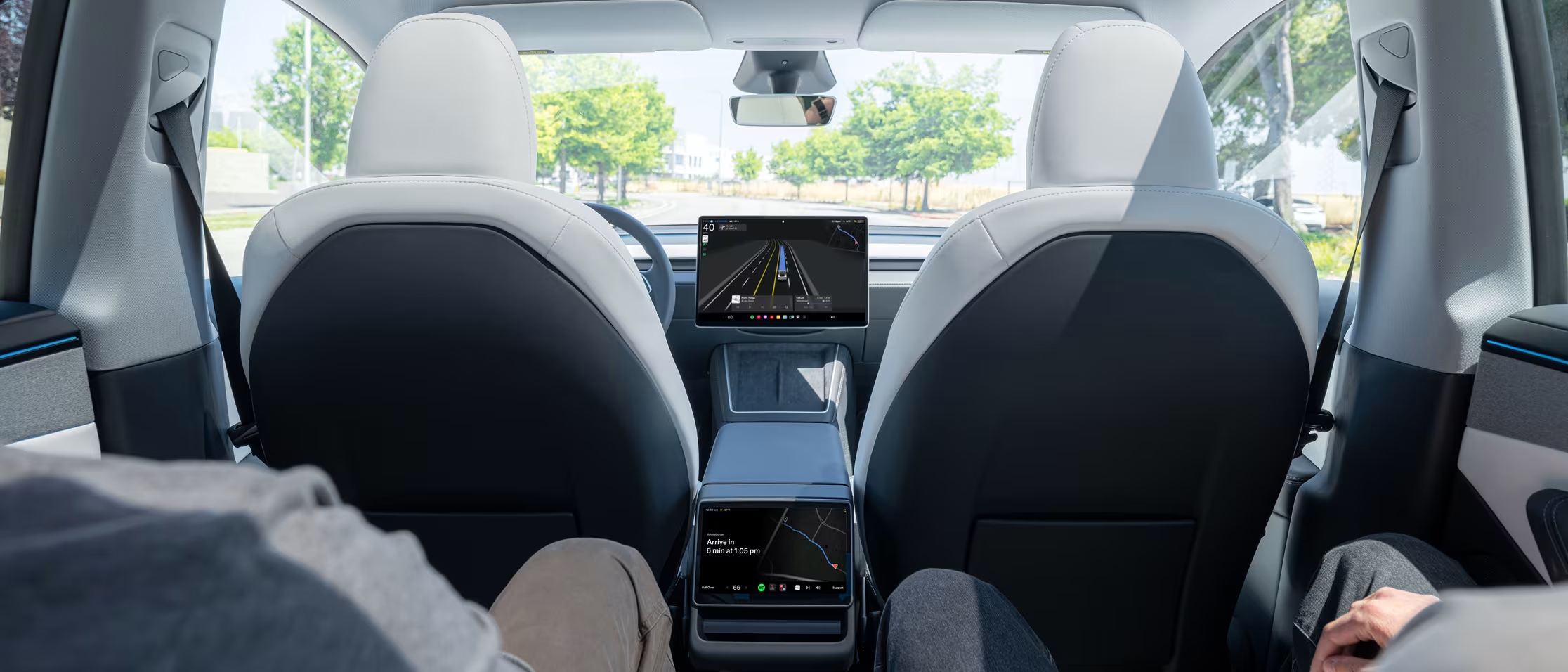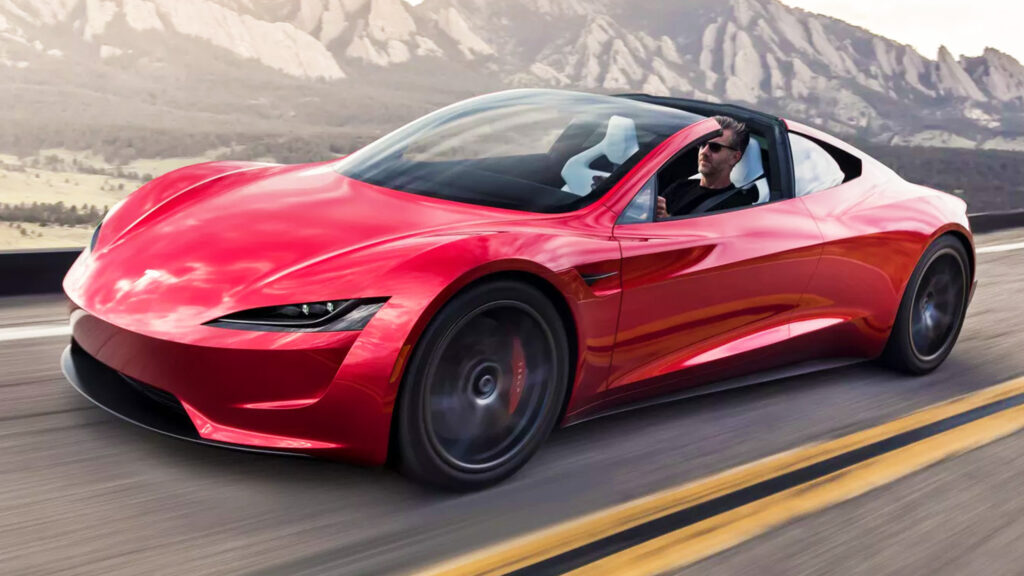Cybertruck Owners Sue After Pricey Upgrade Arrived Without Its Star Feature
- Shoppers who ordered a Foundation Series were supposed to get several accessories.
- The highlight of the package was an off-road light bar glued above the windshield.
- Lawsuit accuses Tesla of knowingly advertising features it never intended to deliver.
When Tesla launched the Foundation Series version of the Cybertruck, it promised that it would come with a special roof-mounted LED off-road light bar. However, a newly filed lawsuit in the US contends that many owners did not receive these light bars, and says that some wouldn’t have purchased their trucks had they known the light bar wouldn’t be included.
The lawsuit was filed by plaintiff Eric Schwartz in California. He alleges that he purchased a Tesla Cybertruck Cyberbeast in December 2023 and paid an extra $20,000 for the Foundation Series version. These vehicles were supposed to be equipped with several upgrades, including the light bar positioned just above the windshield.
Read: Tesla’s Big Promise On Self-Driving Just Opened The Door To Lawsuits
However, according to Schwartz, his Cybertruck was delivered without the LED light bar, and while he has repeatedly contacted the automaker, it has apparently refused to give it to him.
The lawsuit contends that the plaintiff suffered an ‘injury in fact’ because Tesla took his money but did not provide the products it had promised. Through the class action, Schwartz aims to represent all Cybertruck purchasers in California who bought a model that was supposed to include the off-road light bar, but was not delivered with one.
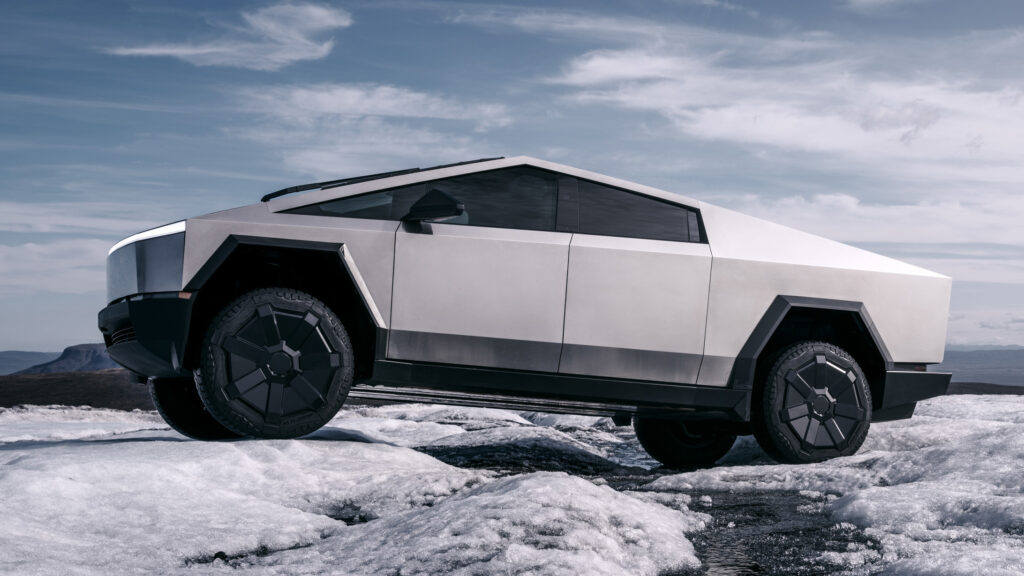
The class action also claims that buyers may not have purchased their Cybertrucks had they known Tesla was advertising the light bars without the intention of delivering them with the vehicles.
Just Another Lawsuit
This isn’t the only recent lawsuit to be filed against Tesla in California. Earlier this week, U.S. District Judge Rita Lin said the automaker must answer to a certified class action that alleges the automaker misled drivers about the self-driving abilities of its vehicles. The lawsuit claims that Tesla failed to live up to the promises made by the company on its website, in blog posts, on social media, and in comments made by boss Elon Musk.





